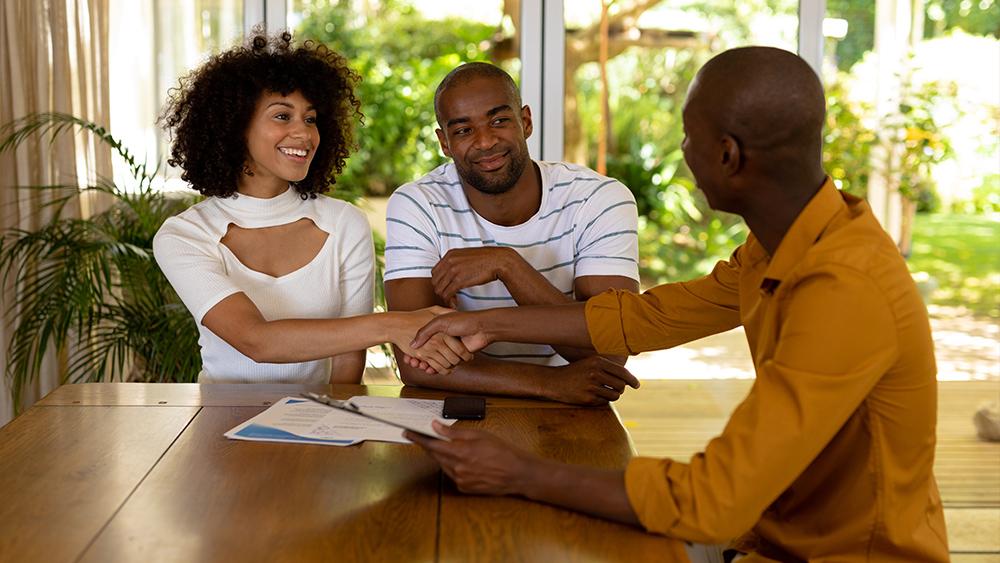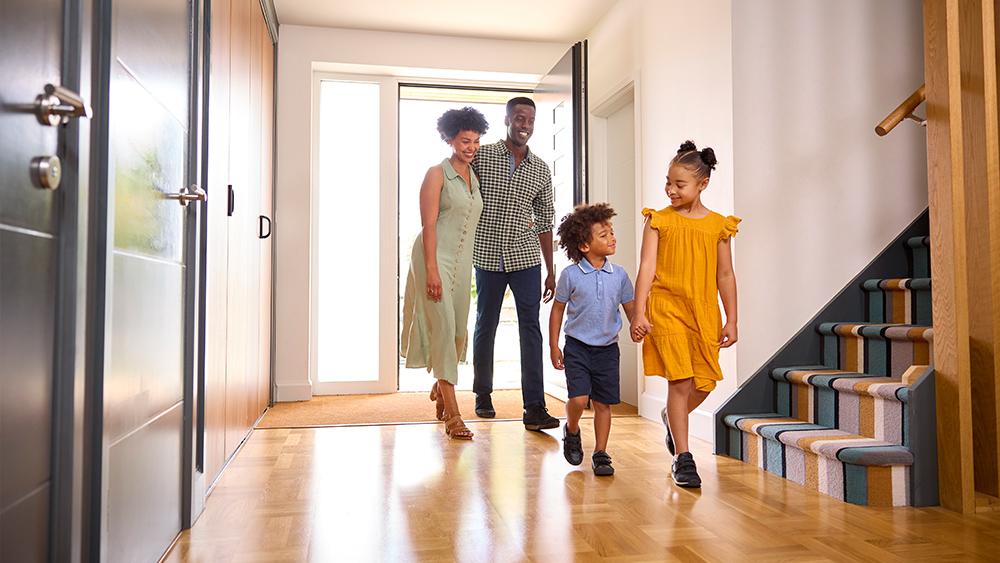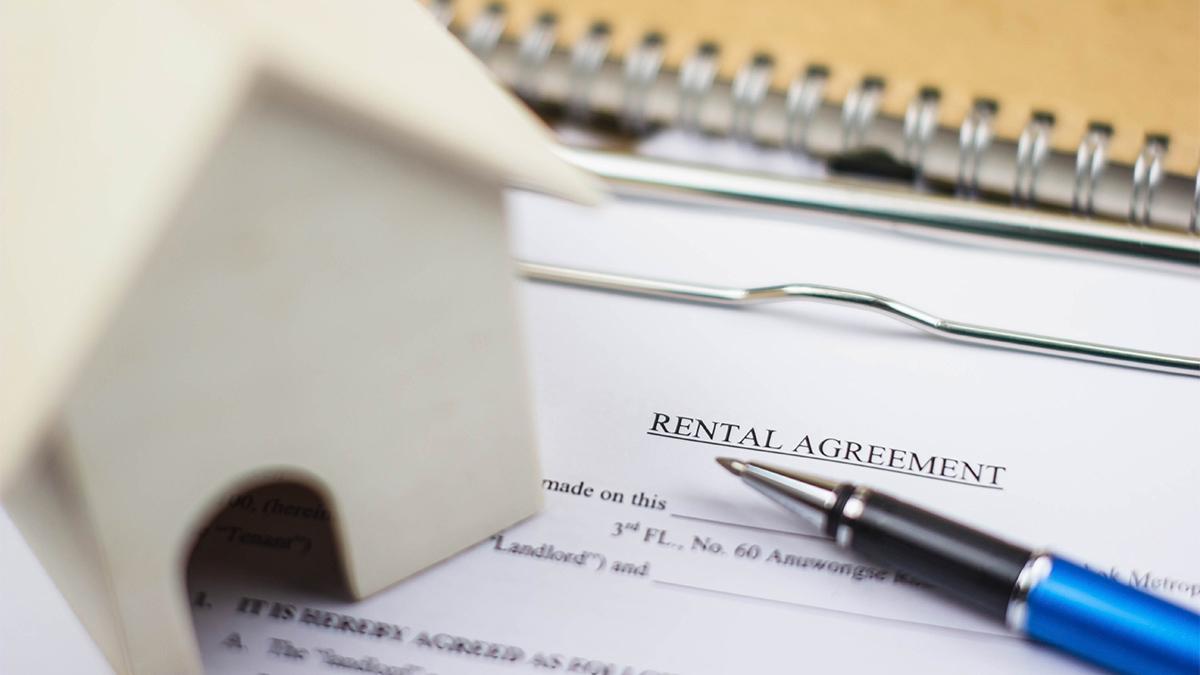For many, the dream of owning a home may seem more and more out of reach. It might seem hard to buy a house the normal way because of strict lending requirements, rising home prices, and the difficulty of saving for a down payment. But rent-to-own plans are becoming more and more common as an option.
What is a rent-to-own agreement?
A rent-to-own deal, which is also called a lease-to-own or rent-to-buy deal, lets you rent a house and then buy it at the same time. The renter-buyer rents a house from the owner-landlord for a set amount of time and has the choice to buy the house at the end of the lease term.
Often, the following things happen in a rent-to-own deal:
- A lease is signed between the owner-landlord and the tenant-buyer. The lease can be for one to five years.
- The tenant-buyer pays an “option fee” up front, which is usually 2% to 7% of the home’s purchase price and is non-refundable. This reserves the right to buy the property at the end of the rental term or during the rental term itself.
- “Rent Premium” is the portion of the renter-buyer’s monthly rent that is used to lower the home’s price in the long run. This portion is usually twenty to thirty percent.
- The tenant-buyer has the option to buy the house at the end of the rental agreement for a set amount, which is usually the current market value.

Benefits of rent-to-own agreements
There are several advantages that prospective homeowners may get from rent-to-own agreements:
- Building equity: A portion of the monthly fee is usually put toward the house’s purchase price. This helps the renter-buyer save for a down payment or equity over time.
- More flexible credit requirements: Credit requirements may be less strict for rent-to-own deals than for regular mortgage applications.
- Test drive the house: The potential buyer can “test drive” the house and the neighborhood while they are renting it to make sure it fits their needs and wants.
- Possible appreciation: If the home’s value goes up during the renting time, the renter-buyer may be able to get a better deal on the house.
- More time to save for a down payment: People who rent-to-own homes have more time to save for a down payment.
- Option to own a home: Rent-to-own deals let people who can’t get a mortgage right now buy a home when their finances get better eventually.

Key considerations of rent-to-own agreements
There are a few important things to think about when looking at a rent-to-own agreement:
- Upfront fees: People who want to rent may have to pay a security deposit, closing costs, choice fees, and/or extra rent.
- Length of lease: The lease deal can last anywhere from one to five years, based on how stable the finances are.
- Purchase price: The price to buy the property is usually agreed upon at the beginning of the deal, but it may change as the property’s value changes on the market.
- Repairs and maintenance: The tenant-buyer may have to pay for major repairs and maintenance on the home.
- Option Fee: This is a non-refundable down payment that lets the renter-buyer buy the house at the end of the renting term.
- Termination clauses: The agreement should say when each side can back out of the deal.
Rent-to-own a home in Vancouver
Finally, if you want to buy a Rent-to-Own option in Vancouver, working with a respected and skilled real estate company like Matin Homes is important. We know the Vancouver real estate market inside and out and have experience in tech. This means we can give you good advice and tips throughout the buying process.

